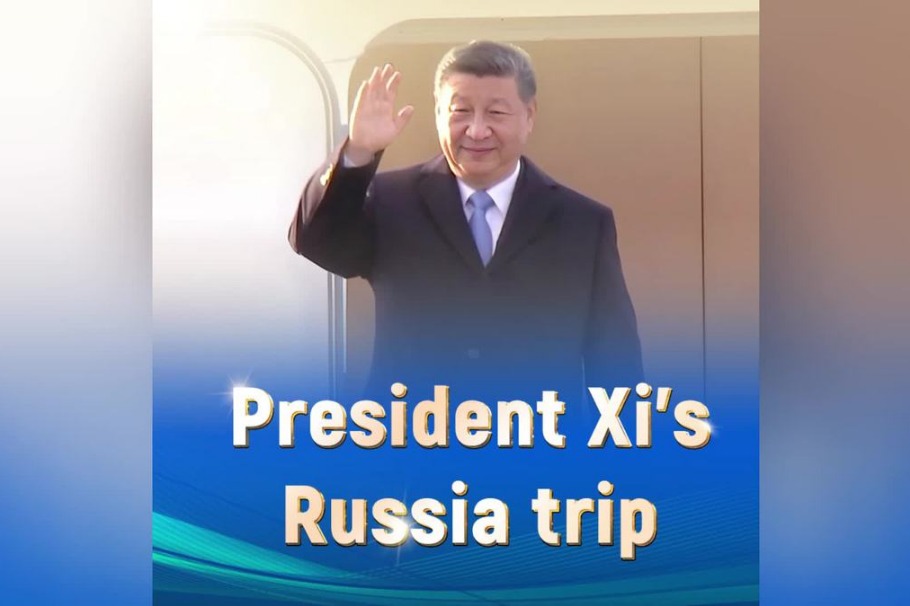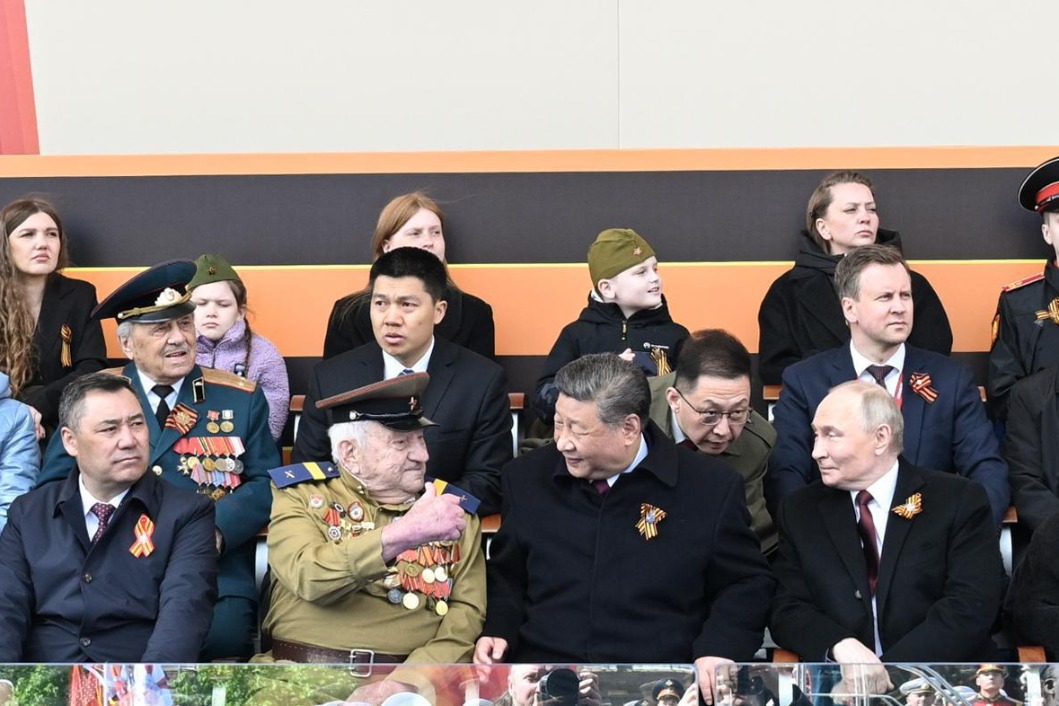Fragmentation and complexity


China should endeavor to boost connectivity and broad-based partnerships to help stabilize the Eurasia region
Russia and Ukraine are both important countries in the Eurasian region. Their large-scale, protracted and intense Ukraine crisis has affected the regional order in multiple ways.
Previously, the competition in the Eurasian region was among big countries such as the United States and Russia fighting for influence over smaller countries. However, the great power rivalries have now shifted to multilevel proxy competitions.
The first level is the competition between Russia and Ukraine, where Ukraine is seen by Western countries as a "proxy "in their confrontation with Russia. Western countries do not need to directly engage in the conflict. They are providing military support to Ukraine, imposing severe economic sanctions on Russia, and seeking to isolate Russia politically and diplomatically.
The second level is the competition between Russia and Europe, where the unprecedentedly "united" European Union has become a "proxy" for the US in its struggle against Russia in the region. With a firmer stance against Russia, the EU is now more efficient in its collective actions. The US welcomes the continuation of the conflict as it can continue to gain an advantage over Russia by supporting the EU. For the US, these indirect means of competition help save costs and improve its competitiveness in the Eurasian region.
Against this backdrop, various types of institutions in the Eurasian region have shown significant differentiation in influence.
First of all, regional institutions dominated by Russia are facing significant constraints. Its military actions and response to severe sanctions have significantly distracted Russia, restricting its engagement with international institutions. As a result, regional institutions led by Russia, such as the Eurasian Economic Union, the Collective Security Treaty Organization and the Commonwealth of Independent States, will become less attractive as they fail to gain more practical support from Russia.
Second, regional institutions in which Russia participates but does not dominate will gain some development. When Russia cannot provide more public goods, smaller countries in the region tend to participate in regional institutions led collectively by other major powers that can offer public goods to meet the development needs of regional cooperation and avoid a "shortage" of benefits. Such institutions, including the Shanghai Cooperation Organization and the Conference on Interaction and Confidence-Building Measures in Asia, are expected to play a more significant role.
Third, regional institutions without Russia foresee opportunities for development. For example, the Consultative Meeting of the Heads of Central Asian States and the C5+1 mechanism with extraregional countries will be more attractive to other small and medium-sized countries for their important role in regional cooperation.
The Ukraine crisis will continue to intensify the fragmentation of Eurasia. Central Asian countries will not only enhance cooperation with India, China and Iran, but also further develop collaboration with the US, Japan and the Republic of Korea. Countries in the South Caucasus region are expected to strengthen ties with European countries as well as Middle Eastern countries such as Turkiye and Iran. Russia and Belarus will remain allies, while Ukraine and Moldova will get closer.
More cooperation between Eurasian countries and neighboring powers will lead to the weakening of the existing regional order and push the region toward a more flattened structure.
Central Asian countries will strengthen internal collaboration while utilizing platforms such as the SCO to enhance external cooperation. They will seek development opportunities more broadly as part of Asia, rather than as part of Eurasia. With Russia-EU relations on the verge of breaking down, Russia will also actively pivot to Asia to promote its "Turn to the East" strategy.
China faces both opportunities and challenges in Eurasia. On the one hand, Eurasian countries are willing to strengthen cooperation with China. On the other hand, the increasing fragmentation and complexity will impact regional stability.
In response to the current situation, China may maintain strategic cooperation with Russia and continue to lead regional cooperation to safeguard regional stability. The trend of fragmentation in the Eurasian region means that China can shift its approach of engaging with the region as a whole and adjust its diplomatic work based on the changes and characteristics of different sub-regions. In May 2023, the China-Central Asia Summit held in Xi'an serves as a clear example of China's specific adjustments tailored to the subregion.
Amid the challenges faced by Eurasian countries, China can also lead external cooperation in Eurasia, help Eurasian countries expand cooperation with East Asia and South Asia, and strengthen regional connectivity and broad-based partnership.
The author is an associate researcher of the Institute of International Relations at the Shanghai Academy of Social Sciences. The author contributed this article to China Watch, a think tank powered by China Daily. The views do not necessarily reflect those of China Daily.
Contact the editor at editor@chinawatch.cn

































